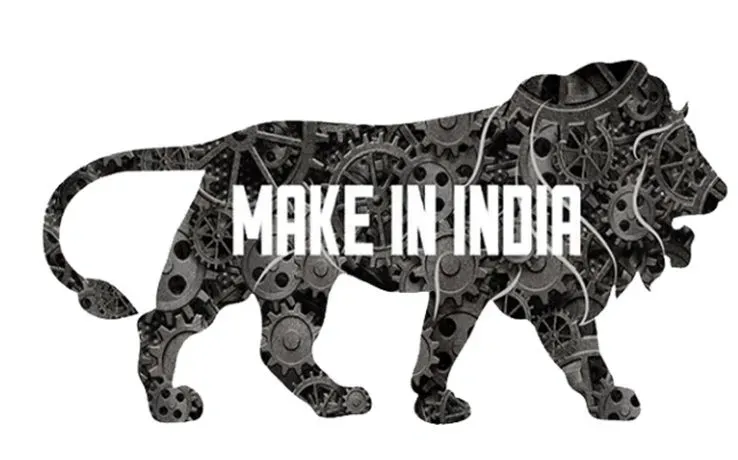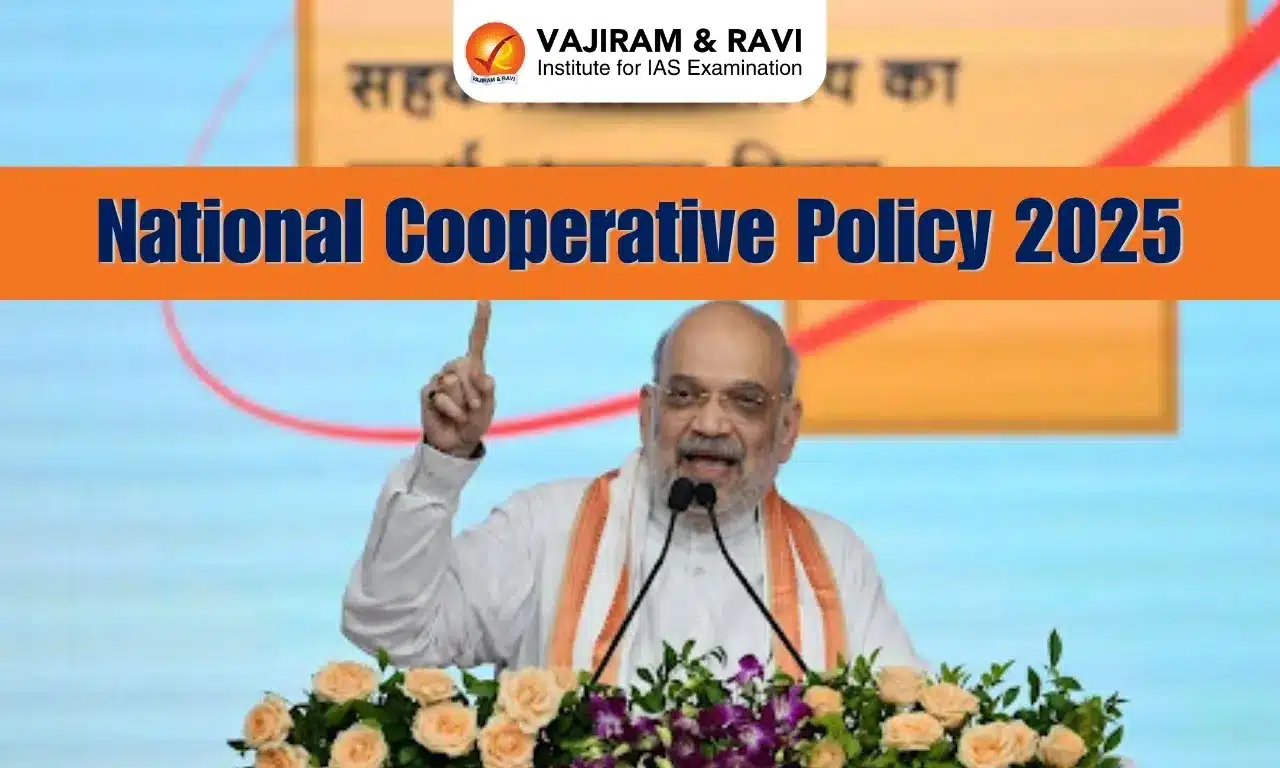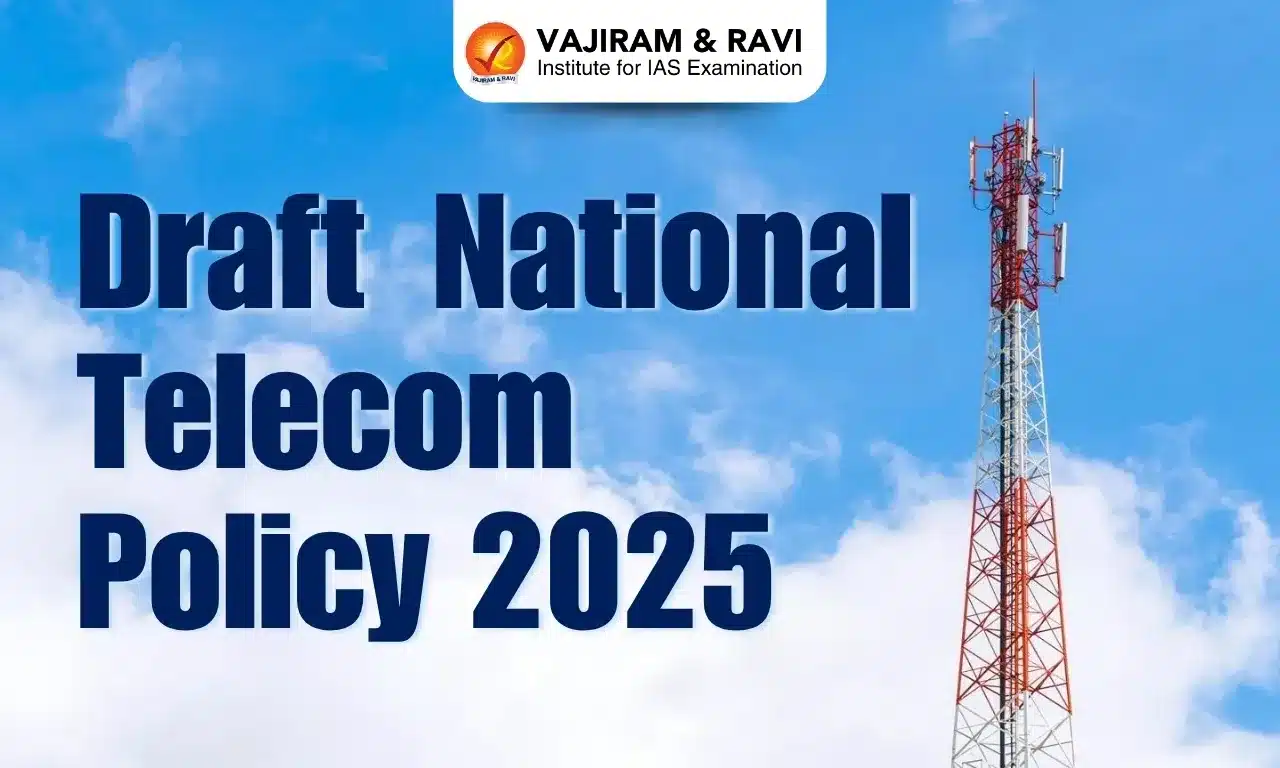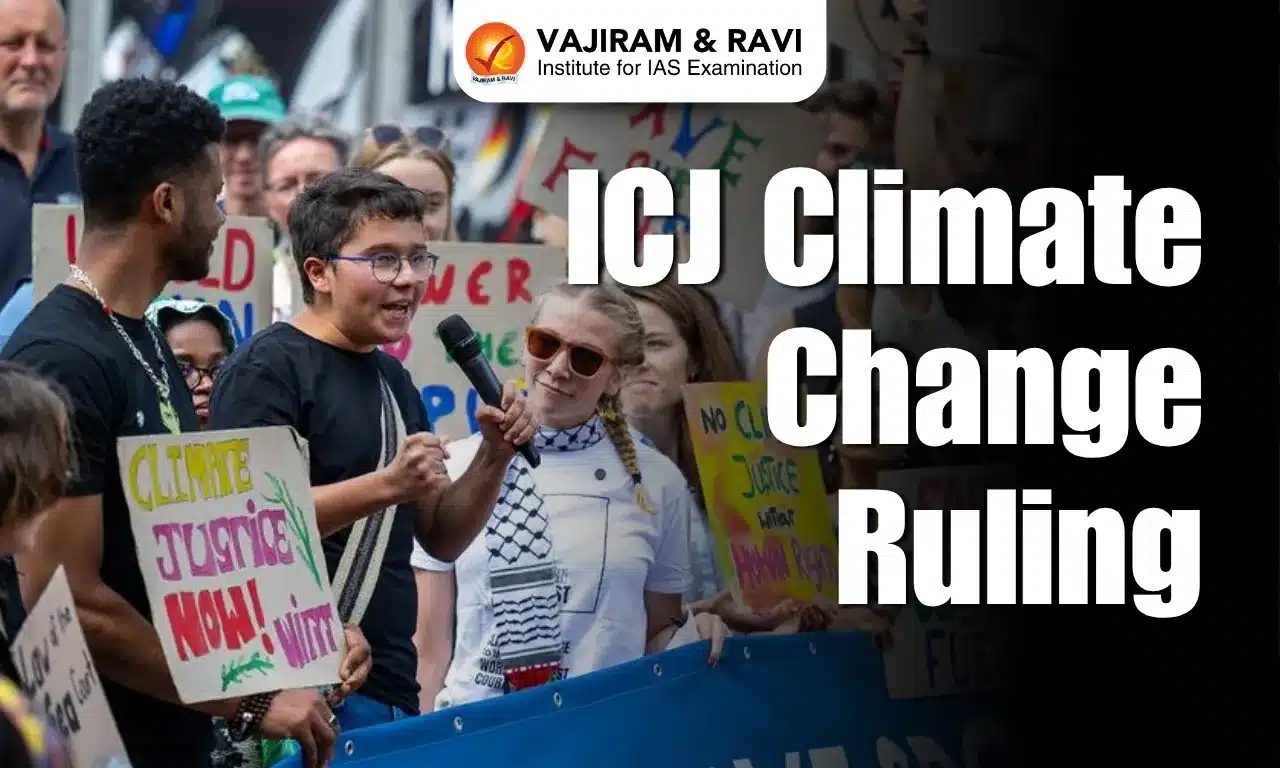What’s in today’s article?
- Why in News?
- What is Make in India (MII) initiative?
Why in News?
Launched on September 25, 2014, by PM Modi, the “Make in India” initiative marked a pivotal shift in India’s economic strategy.
The 10th anniversary of the initiative in 2024 celebrates its success in reinvigorating the Indian economy, boosting global competitiveness, and setting India on a path to self-reliance (Atmanirbhar Bharat).
What is Make in India (MII) initiative?
- Background
- Make in India came in response to a critical economic situation where, by 2013, India’s growth rate had plummeted to its lowest in a decade.
- The promise of the BRICS Nations (Brazil, Russia, India, China and South Africa) had faded, and India was tagged as one of the so-called ‘Fragile Five’.
- The country stood at a crossroads, with questions arising about whether it was too large to succeed or too large to fail, necessitating an urgent and substantial economic push.
- About
- In September 2014, PM Modi launched the “Make in India” initiative as part of a broader strategy to revitalize the nation’s economy.
- The initiative aimed to transform India into a global design and manufacturing hub.
- At its core, “Make in India” sought to create a robust manufacturing ecosystem that could elevate India’s economic position and provide employment to its vast workforce.
- The initiative emphasized the importance of making India a global hub for design, innovation, and manufacturing across a wide range of sectors.
- Key Sectors Under MII
- The initiative focused on 27 sectors, grouped under two broad categories:
- Manufacturing Sectors: Aerospace and Defence; Automotive and Auto Components; Pharmaceuticals and Medical Devices; Biotechnology; Textiles and Apparels; Chemicals and Petrochemicals; Electronics System Design and Manufacturing (ESDM); Food Processing; Gems and Jewellery; Railways, and more.
- Service Sectors: Information Technology (IT) and IT-enabled Services (ITeS); Tourism and Hospitality; Medical Value Travel; Transport and Logistics Services; Accounting and Finance Services; Audio Visual and Legal Services, among others.
- The initiative focused on 27 sectors, grouped under two broad categories:
- Pillars of MII

- Major initiatives under MII

Key Initiaves under Make in India
- Production Linked Incentive (PLI) Schemes
- The PLI schemes have provided a financial outlay of ₹1.97 lakh crore ($26 billion) across 14 key sectors, including electronics, automobiles, pharmaceuticals, and textiles.
- As of 2024, these schemes have approved 755 applications, leading to ₹1.23 lakh crore in investment and generating employment for around 8 lakh individuals.
- PM GatiShakti
- Introduced in 2021, PM GatiShakti is a national infrastructure plan aimed at achieving multimodal connectivity through the integration of transportation, energy, and communication networks.
- The program brings together 36 ministries and departments to enhance logistics efficiency and synchronize project implementation.
- The “seven engines” of the program—railways, roads, ports, waterways, airports, mass transport, and logistics infrastructure—drive economic growth and job creation.
- Semiconductor Ecosystem Development
- To reduce dependence on foreign imports and establish self-reliance in critical technologies, the government launched the Semicon India Programme with an outlay of ₹76,000 crore.
- National Logistics Policy (NLP)
- Unveiled in 2022, the NLP complements the PM GatiShakti by focusing on reducing logistics costs, improving India’s Logistics Performance Index (LPI) ranking, and building a sustainable logistics network.
- It aims to streamline logistics through digital systems, standardization, and human resource development.
- Industrialization and Urbanization
- The National Industrial Corridor Development Programme is India’s largest infrastructure initiative aimed at creating “Smart Cities” and advanced industrial hubs.
- The program promotes manufacturing growth and systematic urbanization through integrated industrial corridors with multi-modal connectivity.
- The recent approval of 12 new projects, with an investment of ₹28,602 crore, strengthens India’s position as a global manufacturing and investment destination.
- Startup India
- Launched on January 2016, the Startup India initiative supports entrepreneurs and aims to build a robust startup ecosystem.
- By September 2024, India has the third-largest startup ecosystem, with 148,931 DPIIT-recognized startups generating over 15.5 lakh jobs.
- Tax Reforms
- The introduction of the GST on July 1, 2017, streamlined India’s tax system by unifying 36 states and union territories into a common market.
- Unified Payments Interface (UPI)
- India’s UPI has become a global leader in digital payments, processing 46% of the world’s real-time transactions.
- Between April and July 2024, UPI processed nearly ₹81 lakh crore, highlighting its robust infrastructure and growing consumer trust.
- Ease of Doing Business
- India made remarkable progress in improving its business environment, climbing from 142nd in 2014 to 63rd in the World Bank’s Doing Business Report (DBR) 2020, published in October 2019.
- This jump reflects the government’s sustained efforts to simplify regulations, reduce bureaucratic hurdles, and create a more business-friendly environment, significantly boosting investor confidence.
- Record FDI to Boost MII
- MII has been significantly boosted by record FDI inflows, driven by simplified FDI rules and improved ease of doing business.
- FDI inflows increased from $45.14 billion in 2014-15 to a record $84.83 billion in 2021-22.
- Between 2014 and 2024, India attracted $667.41 billion in FDI, with total inflows reaching $70.95 billion in FY 2023-24.
- Key Achievements
- Manufacturing Growth
- India has emerged as the world’s second-largest mobile phone manufacturer.
- Mobile exports surged from Rs 1,556 crore in 2014 to Rs 1.2 lakh crore by 2024.
- The electronics sector grew to USD 155 billion in FY23, with mobile phones accounting for 43% of production.
- India has emerged as the world’s second-largest mobile phone manufacturer.
- Self-Reliance in Defence
- India has made strides in defence production, highlighted by the launch of INS Vikrant, the country’s first indigenous aircraft carrier.
- Defence production has reached ₹1.27 lakh crore, with exports to over 90 countries.
- ‘Made in Bihar’ boots are now part of the Russian Army’s equipment.
- Global Export Growth
- India recorded merchandise exports worth $437.06 billion in FY 2023-24, marking its growing role in global trade.
- Employment Creation
- The initiative has generated millions of jobs across various sectors, including 8 lakh jobs through PLI schemes alone.
- Manufacturing Growth
- Other achievements
- Kashmir willow bats have become a global favourite.
- Amul has expanded its presence by launching its dairy products in the US.
- The textile industry has created a staggering 14.5 crore jobs across the country.
- India produces an impressive 400 million toys annually, with 10 new toys being created every second.
- Criticism
- Experts highlights that the scheme has largely been ineffective in either increasing the share of manufacturing in GDP or attracting major investments in the country.
- Even on the employment front, manufacturing jobs remain few and far between.
- The share of value addition by manufacturing sector is 15.9 percent in 2023-24 compared to 16.7 percent of GDP (in constant price) in 2013-14.
- Even in terms of FDI, net FDI inflows have come down from 1.5 percent of GDP in 2013-14 to 0.8 percent in 2023-24.
- Challenges
- Ease of doing business is still a far cry from what is claimed on paper.
- High incidence of taxation and high handedness in dealing with tax litigation cases.
- Scarcity of skilled workers in India and competition from Vietnam and Bangladesh for low-skilled manufacturing.
- Conclusion
- As “Make in India” enters its second decade, it stands as a testament to India’s determination to reshape its manufacturing landscape and enhance its global standing.
- With the support of strategic reforms, such as the PLI schemes, PM GatiShakti, and the National Logistics Policy, India has emerged as a competitive and self-reliant economy.
- The success of indigenous projects like the Vande Bharat trains, the INS Vikrant, and the growing electronics sector signals a promising future for India’s industrial and manufacturing sectors.
Q.1. What are the key achievements of the Make in India initiative over the past 10 years?
The Make in India initiative has made significant strides in electronics, mobile manufacturing, and defence production, becoming the second-largest mobile phone manufacturer globally. It has also boosted exports, generated millions of jobs, and enhanced self-reliance through indigenous projects like INS Vikrant and Vande Bharat trains.
Q.2. What challenges have impacted the success of the Make in India program?
Despite achievements, challenges remain, including the limited increase in manufacturing’s GDP share, slow growth in FDI inflows, scarcity of skilled workers, and high taxation. Additionally, competition from countries like Vietnam and Bangladesh and issues with ease of doing business have hindered its full potential.
Source: Make in India programme leaves much to be desired | PIB | Make in India
Last updated on July, 2025
→ UPSC Notification 2025 was released on 22nd January 2025.
→ UPSC Prelims Result 2025 is out now for the CSE held on 25 May 2025.
→ UPSC Prelims Question Paper 2025 and Unofficial Prelims Answer Key 2025 are available now.
→ UPSC Calendar 2026 is released on 15th May, 2025.
→ The UPSC Vacancy 2025 were released 1129, out of which 979 were for UPSC CSE and remaining 150 are for UPSC IFoS.
→ UPSC Mains 2025 will be conducted on 22nd August 2025.
→ UPSC Prelims 2026 will be conducted on 24th May, 2026 & UPSC Mains 2026 will be conducted on 21st August 2026.
→ The UPSC Selection Process is of 3 stages-Prelims, Mains and Interview.
→ UPSC Result 2024 is released with latest UPSC Marksheet 2024. Check Now!
→ UPSC Toppers List 2024 is released now. Shakti Dubey is UPSC AIR 1 2024 Topper.
→ Also check Best IAS Coaching in Delhi















